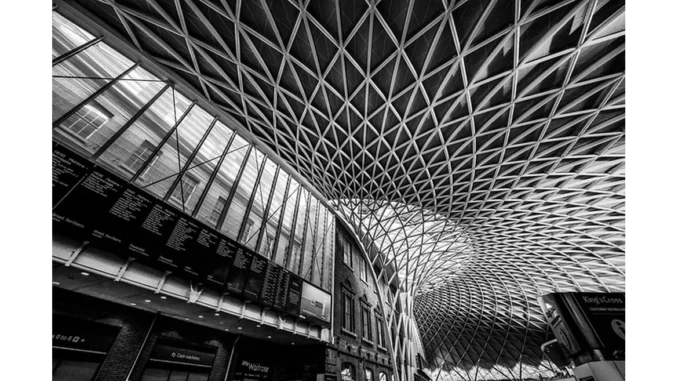
As the UK construction industry pivots towards sustainability, it’s clear that the transition is not just a fleeting trend but a fundamental shift. The push towards eco-friendly construction practices is being propelled by more than just regulatory requirements; it’s driven by a collective commitment to a greener future. To delve deeper into these changes, I sat down with Matthew Hargreaves, a seasoned project manager who has been at the forefront of sustainable construction for over a decade.
Discover how Focus360 Energy can help with BREEAM certification.
Hargreaves’ work often focuses on achieving green certifications like BREEAM (Building Research Establishment Environmental Assessment Method) and LEED (Leadership in Energy and Environmental Design). These standards, he explains, are vital in validating a building’s environmental credentials. “Standards like BREEAM and LEED are more than just badges—they’re proof of a building’s green credentials. Achieving these certifications showcases your commitment to sustainability, attracting eco-conscious clients and investors who prioritise green practices.”
With a relaxed yet professional tone, Hargreaves shared insights into the evolving landscape of UK construction and how these certifications are transforming the industry.
The New Green Mandate
Hargreaves began by highlighting the impact of the UK Labour Government’s stringent measures aimed at achieving net-zero emissions. “The government’s policies have set a clear direction. There’s no escaping the fact that sustainability is now a core part of our business model.”
These policies are driving the adoption of sustainable materials and practices across the industry. “The trend towards a circular economy is fascinating,” Hargreaves noted. “We’re now looking at buildings as resources that can be deconstructed and reused. It’s the ultimate form of recycling.”
Circular Economy in Action
The concept of a circular economy is one that Hargreaves is particularly passionate about. “Imagine a project where every material has a second, third, or even fourth life,” he said, his enthusiasm palpable. “We’re not just reducing waste; we’re maximising resource efficiency.”
Hargreaves detailed how his team integrates waste reduction and recycling into their projects. “We start with waste audits to identify what can be reused or recycled. Buildings are designed with modular components for easy disassembly. We also prioritise suppliers who offer recycled and sustainable materials. This approach not only contributes to environmental sustainability but also reduces costs and opens up new business opportunities.”
The Power of Green Certifications
Achieving green certifications like BREEAM and LEED has become a cornerstone of Hargreaves’ projects. “These standards ensure that our buildings are energy-efficient, resource-efficient, and environmentally friendly,” he explained. “They don’t just enhance our reputation; they also prepare us for future regulations.”
Hargreaves emphasised the importance of training and education in this area. “We regularly conduct workshops and online training sessions to keep our team updated on the latest green building practices. Regular audits and assessments help us identify areas for improvement and ensure ongoing compliance with green standards.”
By embedding these practices into the company culture, Hargreaves has fostered a sense of pride and responsibility among his team. “It’s about driving a collective effort towards sustainability,” he said with a smile.
The Role of Sustainable Materials
The conversation then shifted to the role of sustainable materials in modern construction. “The lineup of eco-friendly materials is impressive and growing,” Hargreaves noted. “From bioplastics and hempcrete to recycled steel and low-carbon concrete, these materials often outperform traditional ones while being kinder to our planet.”
Hargreaves shared how his team utilises these materials. “We go through suppliers who specialise in green products and use digital procurement solutions to streamline the process. It’s about making sustainable choices accessible and practical.”
Leadership and Market Differentiation
For Hargreaves, embracing sustainable construction practices is about more than just compliance. “It’s about leadership and market differentiation,” he asserted. “By going green, we’re not only meeting regulatory demands but also tapping into a growing market of eco-conscious consumers.”
He concluded our conversation with a call to action for the industry. “The green wave is here, and it’s essential for all of us to get on board. By adopting sustainable practices, we’re not just building for today—we’re building for the future.”
As I left the interview, I couldn’t help but feel inspired by Hargreaves’ passion and dedication. His insights offered a glimpse into a future where sustainability is at the heart of construction, driving innovation and change. As the UK construction industry continues to evolve, it’s clear that the journey towards a greener future is well underway, led by pioneers like Matthew Hargreaves who are committed to making a difference.
Tobiasz Karcz


Be the first to comment